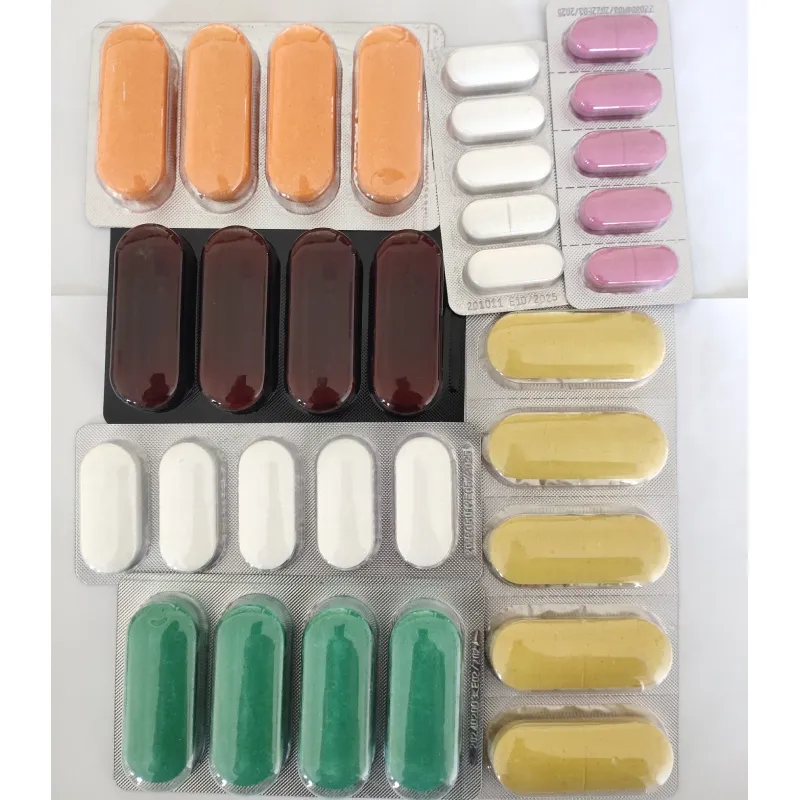- Afrikaans
- Albanian
- Amharic
- Arabic
- Armenian
- Azerbaijani
- Basque
- Belarusian
- Bengali
- Bosnian
- Bulgarian
- Catalan
- Cebuano
- Corsican
- Croatian
- Czech
- Danish
- Dutch
- English
- Esperanto
- Estonian
- Finnish
- French
- Frisian
- Galician
- Georgian
- German
- Greek
- Gujarati
- Haitian Creole
- hausa
- hawaiian
- Hebrew
- Hindi
- Miao
- Hungarian
- Icelandic
- igbo
- Indonesian
- irish
- Italian
- Japanese
- Javanese
- Kannada
- kazakh
- Khmer
- Rwandese
- Korean
- Kurdish
- Kyrgyz
- Lao
- Latin
- Latvian
- Lithuanian
- Luxembourgish
- Macedonian
- Malgashi
- Malay
- Malayalam
- Maltese
- Maori
- Marathi
- Mongolian
- Myanmar
- Nepali
- Norwegian
- Norwegian
- Occitan
- Pashto
- Persian
- Polish
- Portuguese
- Punjabi
- Romanian
- Russian
- Samoan
- Scottish Gaelic
- Serbian
- Sesotho
- Shona
- Sindhi
- Sinhala
- Slovak
- Slovenian
- Somali
- Spanish
- Sundanese
- Swahili
- Swedish
- Tagalog
- Tajik
- Tamil
- Tatar
- Telugu
- Thai
- Turkish
- Turkmen
- Ukrainian
- Urdu
- Uighur
- Uzbek
- Vietnamese
- Welsh
- Bantu
- Yiddish
- Yoruba
- Zulu
9 月 . 25, 2024 02:50 Back to list
Amoxicillin 1g Injectable Medication for Effective Bacterial Infection Treatment
Amoxicillin 1g Injectable A Comprehensive Overview
Amoxicillin, a widely utilized antibiotic, belongs to the penicillin group of medications and is essential in the treatment of a variety of bacterial infections. Available in several formulations, including oral tablets and injectable forms, Amoxicillin 1g injectable is particularly important in clinical settings where rapid therapeutic action is required, such as in severe infections, perioperative prophylaxis, and for patients who are unable to take oral medications.
Mechanism of Action
Amoxicillin exerts its antibacterial effects by interfering with the synthesis of bacterial cell walls. Specifically, it inhibits the enzymes known as transpeptidases, which are vital for building the peptidoglycan layer that provides structural support to bacterial cells. This action makes the bacteria more susceptible to osmotic pressure, leading to cell lysis and death. Amoxicillin is effective against a wide spectrum of Gram-positive and some Gram-negative bacteria, making it a versatile option in the antibiotic arsenal.
Indications
The injectable form of Amoxicillin is indicated for the treatment of various infections, including but not limited to respiratory tract infections, urinary tract infections, skin and soft tissue infections, and certain types of sepsis. It is particularly beneficial in situations where immediate antibiotic therapy is warranted, such as in cases of septic shock or when the oral route is not feasible due to gastrointestinal complications or the severity of the infection.
amoxicilline 1g injectable

Dosage and Administration
Amoxicillin 1g injectable is typically administered via intravenous (IV) or intramuscular (IM) routes, depending on the clinical scenario and the patient's needs. The usual adult dosage for serious infections may range from 1g to 2g every 8 to 12 hours, while pediatric doses are calculated based on body weight or surface area. As with all medications, the dosage may vary based on the severity of the infection and the specific susceptibility of the causative organism.
Side Effects and Considerations
While Amoxicillin is generally well-tolerated, potential side effects can include allergic reactions, gastrointestinal disturbances such as diarrhea, and, in rare instances, more severe reactions such as anaphylaxis. Patients with a known allergy to penicillin or cephalosporins should avoid using Amoxicillin. It is essential for healthcare providers to take a thorough medical history and assess any potential contraindications before administration.
Conclusion
Amoxicillin 1g injectable remains a cornerstone in the treatment of bacterial infections, especially in acute care settings. Its broad-spectrum efficacy, coupled with a relatively low incidence of severe side effects, makes it a preferred choice for many healthcare practitioners. As antibiotic resistance continues to pose a significant challenge in modern medicine, the judicious use of Amoxicillin and other antibiotics is crucial. Ongoing research and monitoring are necessary to ensure the continued effectiveness of this vital medication, emphasizing the importance of appropriate prescribing practices and patient education in managing bacterial infections efficiently.
-
The Power of Radix Isatidis Extract for Your Health and Wellness
NewsOct.29,2024
-
Neomycin Sulfate Soluble Powder: A Versatile Solution for Pet Health
NewsOct.29,2024
-
Lincomycin Hydrochloride Soluble Powder – The Essential Solution
NewsOct.29,2024
-
Garamycin Gentamicin Sulfate for Effective Infection Control
NewsOct.29,2024
-
Doxycycline Hyclate Soluble Powder: Your Antibiotic Needs
NewsOct.29,2024
-
Tilmicosin Premix: The Ultimate Solution for Poultry Health
NewsOct.29,2024













